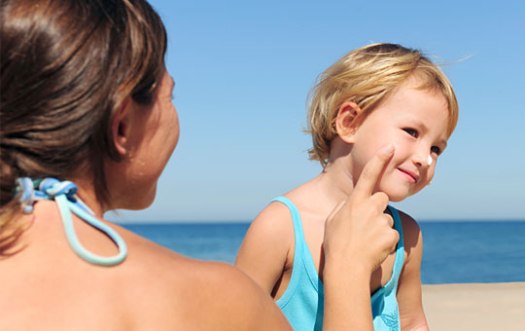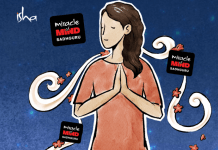Holiday at school and vacations at the beach are the favored choice of most children. Sunburns are painful. We receive most of the sun damage to our skin as children. Reducing your child’s unprotected exposure to the sun will help to decrease the chance of premature aging and reduce the risk of skin cancer.
Overexposure to the sun can cause a sunburn, which is usually a mild first degree burn that causes redness and pain a few hours after the exposure, with worsening of the symptoms over the next twenty-four hours. More serious sunburns can also cause blistering of the skin (second degree burn). The main treatment of a sunburns involves control of pain and includes use of an acetaminophen or ibuprofen containing product for a few days. You can also use moisturizers and a 1 percent hydrocortisone cream three times a day, cool baths or wet compresses, and drinking lots of fluids. If peeling occurs you can continue to apply a moisturizer until the skin heals.
Here are some other tips to protect your child from the damaging effects of the sun and for prevention of sunburns:
- Wear protective clothing, including a hat and long sleeve shirt and long pants. Keep in mind that most clothing only has a SPF of 5-9, so you can still get sun damage with a shirt on.
- Limit exposure to the sun when it is at its strongest (10am-4pm).
- Protect your child’s eyes with sunglasses that protect against UVA and UVB radiation.
- Use sunscreen daily, even if it is cloudy, since most of the sun’s radiation penetrates clouds and can still cause sunburn.
- Consider using a sunscreen with ingredients (such as zinc oxide or titanium dioxide) that physically block the sun’s radiation if your child has sensitive skin.
- Deet lowers the effectiveness of sunscreens, so use a higher SPF if you are using a combination product that has both a sunscreen and an insect repellent.






